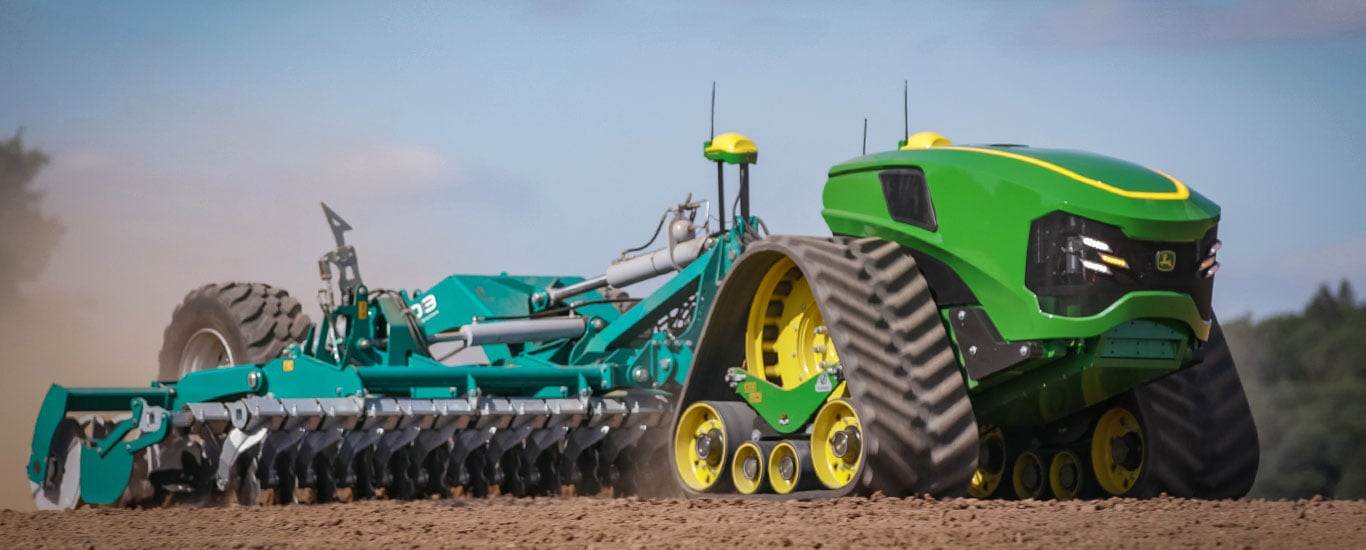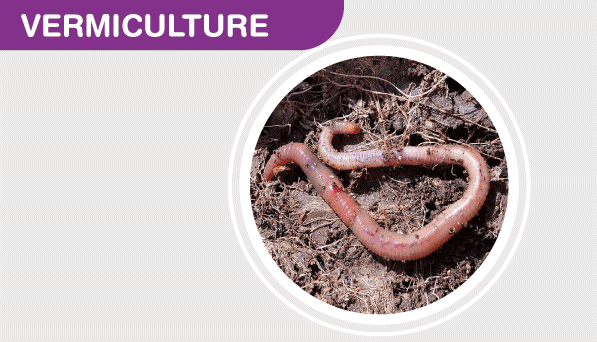Introduction
Farming has come a long way since the days of plowing fields with horse-drawn plows and sowing seeds by hand. In the modern era, technology has played a pivotal role in revolutionizing agriculture, making it more efficient and productive. However, we are now on the cusp of another major transformation in farming, one that involves the widespread adoption of autonomous tractors and drones. These technologies promise to redefine the way we cultivate crops and raise livestock, bringing about a host of benefits and challenges along the way.
Autonomous Tractors: The Future of Farming
Imagine a vast expanse of farmland, where tractors move tirelessly through the fields without a human driver in sight. This scenario is becoming increasingly plausible thanks to autonomous tractor technology. These cutting-edge machines are equipped with an array of sensors, cameras, and GPS systems that allow them to navigate fields, plow, plant, and harvest crops with remarkable precision.
Advantages of Autonomous Tractors
Increased Efficiency: Autonomous tractors can operate 24/7, without breaks or fatigue. This leads to significantly higher work output and faster completion of tasks.
Precision Agriculture: These tractors can apply fertilizers and pesticides with pinpoint accuracy, reducing waste and environmental impact.
Labor Savings: With autonomous tractors handling routine tasks, human labor can be redirected to more specialized and strategic roles on the farm.
Data-Driven Insights: The sensors on autonomous tractors collect vast amounts of data about soil conditions, crop health, and weather patterns, providing farmers with valuable insights to optimize their operations.
Challenges and Concerns
However, the adoption of autonomous tractors is not without its challenges. High initial costs, concerns about job displacement, and the need for robust cybersecurity measures are among the issues that need to be addressed. Additionally, there’s a learning curve for farmers transitioning to this technology.
Agricultural Drones: Taking Precision to New Heights
While autonomous tractors handle tasks on the ground, agricultural drones are taking precision to new heights—literally. These unmanned aerial vehicles (UAVs) are equipped with various sensors and cameras that allow them to monitor crops, detect disease, and even apply treatments from the sky.
Benefits of Agricultural Drones
Crop Monitoring: Drones can fly over fields, capturing high-resolution images and collecting data about crop health. This enables early detection of issues such as pests, disease, or nutrient deficiencies.
Efficient Spraying: Equipped with specialized spraying mechanisms, drones can precisely apply fertilizers or pesticides, reducing chemical use and minimizing environmental impact.
Time Savings: Drones can cover large areas quickly, making them ideal for tasks that would be time-consuming and labor-intensive with traditional methods.
Data Analysis: Like autonomous tractors, agricultural drones generate data that can be used for advanced analytics, helping farmers make informed decisions.
Challenges and Considerations
Despite their promise, agricultural drones face regulatory hurdles, safety concerns, and limitations related to battery life and payload capacity. Ensuring compliance with aviation laws and addressing privacy issues are also important aspects of drone adoption in agriculture.
The Future of Farming: Integration and Synergy
The real power of the future of farming lies in the integration and synergy of these technologies. Autonomous tractors and drones can work together seamlessly to optimize agricultural operations. For example, drones can scout fields and identify areas in need of attention, then guide autonomous tractors to specific locations for targeted treatment.
This collaborative approach not only enhances efficiency but also contributes to sustainable farming practices. By reducing overuse of resources, such as water and chemicals, and minimizing the environmental footprint of farming, autonomous tractors and drones are at the forefront of precision agriculture.
Overcoming Challenges and Embracing Change
As with any technological advancement, the adoption of autonomous tractors and drones in farming will require proactive measures. This includes:
Training and Education: Farmers and agricultural workers need access to training programs and resources to become proficient in operating and maintaining these technologies.
Regulatory Frameworks: Governments and regulatory bodies must develop clear and flexible regulations to ensure the safe and responsible use of autonomous tractors and drones in agriculture.
Investment in Research and Development: Continued investment in R&D is essential to improve the capabilities and affordability of these technologies.
Cybersecurity: Robust cybersecurity measures are crucial to protect sensitive data and prevent potential threats to autonomous systems.
Conclusion
The future of farming is bright, thanks to the rapid advancements in autonomous tractors and drones. These technologies are set to revolutionize agriculture by increasing efficiency, reducing environmental impact, and improving yields. While challenges exist, with the right approach and collaboration, farmers can embrace these changes to create a more sustainable and prosperous future for agriculture.
In this transformative era, the synergy between autonomous tractors and drones promises not only to feed a growing global population but also to do so in an environmentally responsible way. As we move forward, it’s essential for farmers, technology developers, governments, and society as a whole to work together to ensure the successful integration of these groundbreaking innovations into our agricultural landscape.





